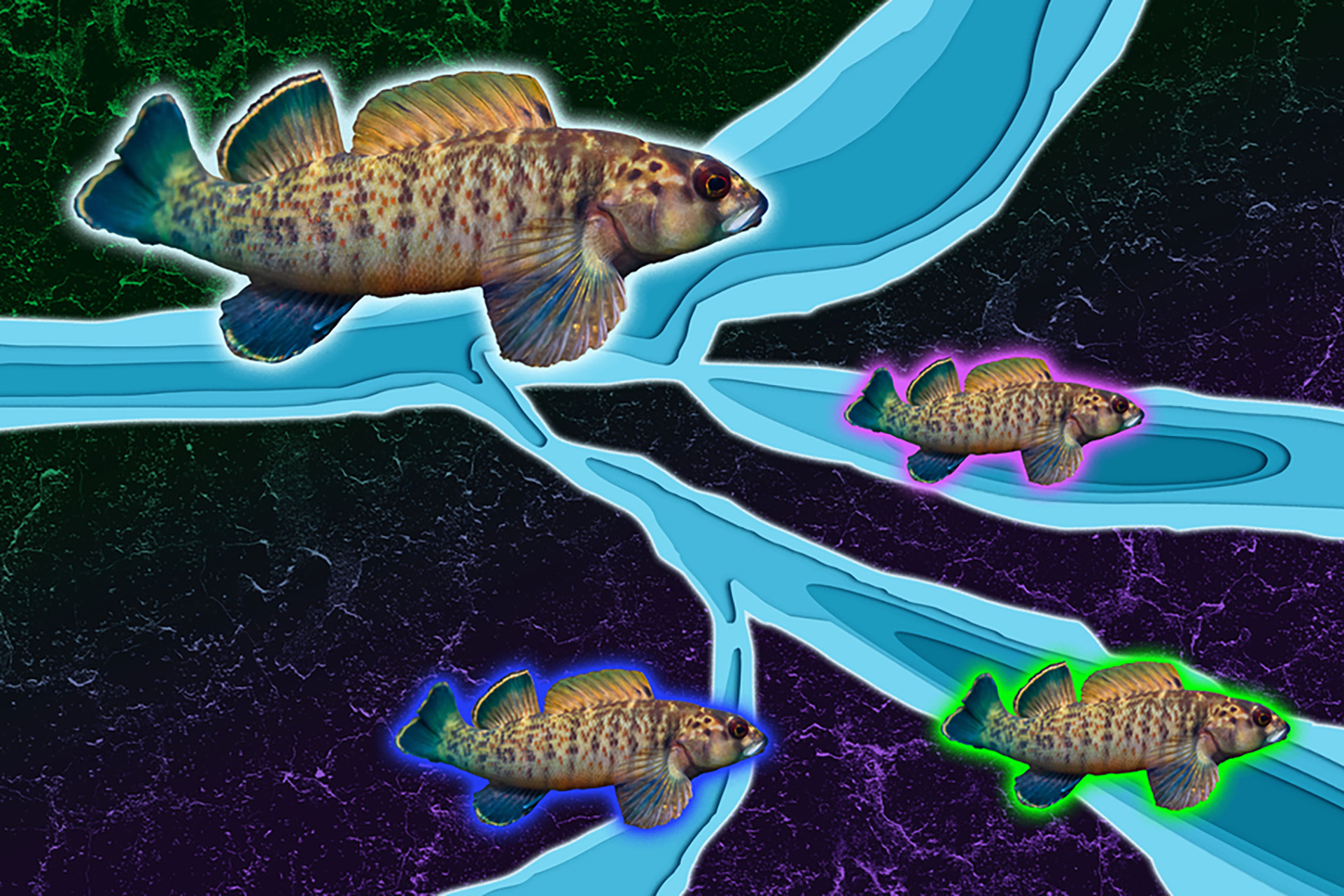In this article by Jennifer Chu, the author discusses an MIT study which determined that river erosion can be a driver of biodiversity in tectonically inactive regions. They do this by pushing species of fish - in this study, the greenfin darter - into differing tributaries of a river over time.
Researchers were examining the connection between geomorphology and biology when they discovered DNA sequences showing how and when specific species evolved and diverged in relation to each other. They created a phylogenetic tree with this data. They then developed a model to determine how the metamorphic rock shrank over time, taking note of when erosion blocked fish from passing between tributaries and discovered this timeline matched well with the phylogenetic tree.
This study was very interesting to read about. As an environmental science major, examining how the environment has shaped evolution is always a pleasure. I find it especially fascinating that even fish that are from neighboring tributaries within the same basin are genetically different enough to nearly be considered different species. I also find it intriguing that fish from areas of differing geology within the stream were also distinct from each other. Nature is so cool!
Article: River erosion can shape fish evolution, study suggests
Additional Information: Study suggests river erosion can shape fish evolution

Hi Giselle, your post was a super interesting read! This article was a great example of environments shaping evolution and how the destruction of an environment can really impact a population. Reading about how the researchers were able to match up the phylogenetic tree with the timeline of the erosion was very striking!
ReplyDeleteI'm curious to know how long it takes for the fish to fully speciate from the moment that they're cut off from other populations of their species. Not only that I wonder if they'd still be able to interbreed with those different species at that point, depending on whether they remain genetically identical enough to do so.
ReplyDelete